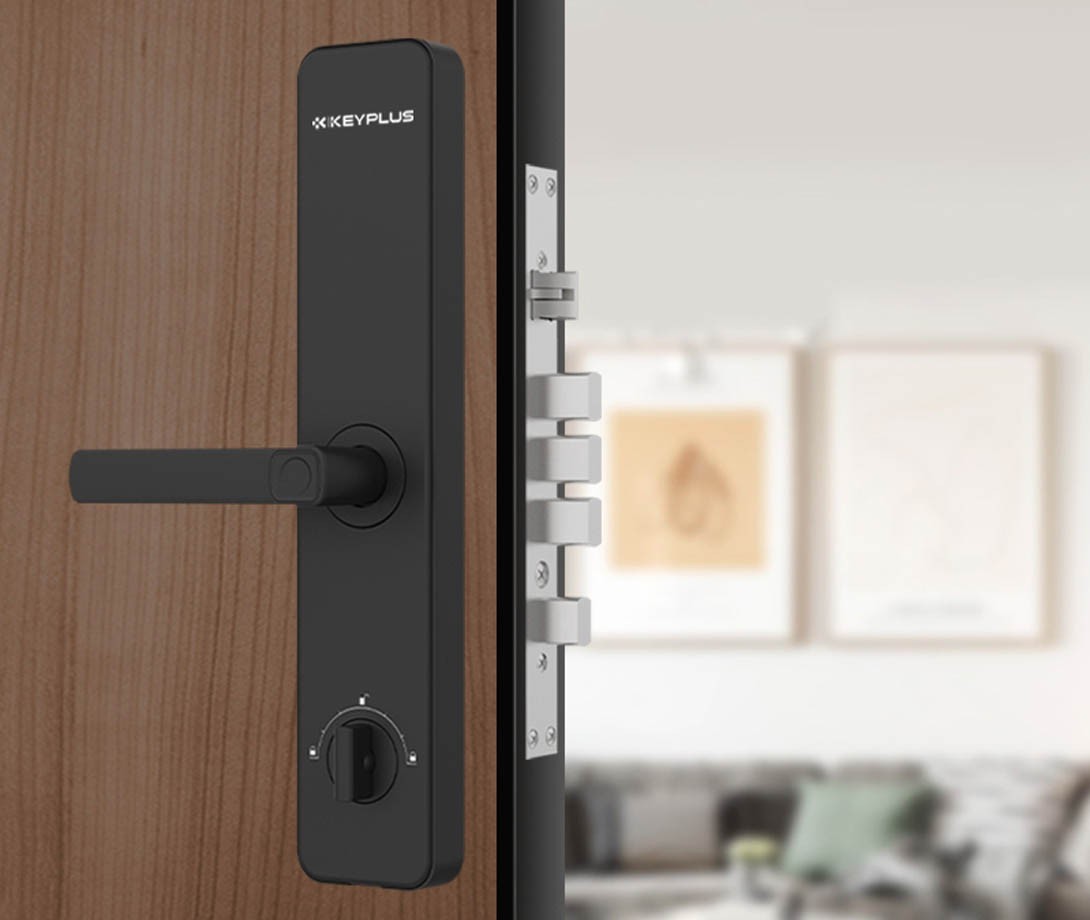Do Smart Homes Have Cameras?
Smart homes are becoming the norm in the U.S., offering convenience, energy savings, and enhanced security. But one question many homeowners ask is: Do smart homes have cameras?
The short answer is: Yes, many do—but not all. Whether you want surveillance for security or prefer to avoid cameras for privacy reasons, this guide covers everything you need to know about cameras in smart homes.
1. The Role of Cameras in Smart Homes
Smart home cameras serve multiple purposes:
Security monitoring (indoor/outdoor surveillance)
Package delivery alerts (Amazon, FedEx, UPS)
Baby/pet monitoring (checking on kids or animals remotely)
Smart automation (triggering lights or alarms when motion is detected)
Where Are Cameras Typically Placed?
- Front door (video doorbells)
- Backyard/garage (outdoor security cameras)
- Living room/nursery (indoor cameras for pets or children)
- Driveway (license plate recognition cameras)
2. Types of Smart Home Cameras
Not all smart home cameras are the same. Here are the most common types:
A. Video Doorbells
- Features:
- Motion detection
- Two-way audio
- Cloud/local video storage
B. Indoor Security Cameras
- Features:
- Night vision
- Privacy modes (turn off when you’re home)
- Pet/baby monitoring
C. Outdoor Security Cameras
- Features:
- Weatherproof
- Long battery life
- AI-powered person detection
D. Pan-Tilt-Zoom (PTZ) Cameras
- Features:
- Remote control to rotate the camera
- Wider coverage than fixed cameras
E. Smart Displays with Cameras
- Features:
- Video calls
- Motion sensing for smart routines
3. Do You Need Cameras in a Smart Home?
Yes, If You Want:
24/7 home security (deter burglars, monitor deliveries)
Remote monitoring (check on pets, kids, or elderly family)
Evidence collection (in case of break-ins or disputes)
No, If You Prefer:
Privacy-focused homes (no surveillance inside)
Simpler setups (just smart lights/locks without cameras)
Local laws restrict recording (some states require consent for audio recording)
4. Privacy Concerns & How to Stay Protected
Many Americans worry about hacking, data leaks, or unauthorized access to smart cameras. Here’s how to stay safe:
Security Best Practices
Use strong passwords & enable two-factor authentication (2FA)
Choose cameras with end-to-end encryption
Disable remote access when not needed
Regularly update firmware
Check privacy settings (disable audio if not required)
Legal Considerations
- Audio Recording Laws: Some states (e.g., California, Florida) require two-party consent for audio recording.
- Outdoor Camera Laws: Avoid pointing cameras at neighbors’ properties to prevent legal issues.
5. Smart Home Cameras Without Subscription Fees
Many cameras require monthly cloud storage fees. However, some offer free local storage:
- EufyCam (HomeBase local storage)
- Wyze Cam (microSD card support)
- Reolink (NVR/local recording options)
6. Alternatives to Cameras in Smart Homes
If you want security without cameras, consider:
Smart door/window sensors (detect openings)
Motion-activated lights (deter intruders)
Smart locks with access logs (track who enters)
Glass break sensors (alerts for shattered windows)
7. Final Verdict: Are Cameras Necessary?
Yes, If You:
- Want real-time alerts for security threats
- Need remote monitoring (kids, pets, deliveries)
- Live in a high-crime area
No, If You:
- Prioritize privacy over surveillance
- Prefer non-camera security solutions
- Are in a low-risk neighborhood
Smart home cameras are useful but not mandatory. Choose based on your security needs and comfort level.
Do You Use Smart Home Cameras?
What’s your experience? Share your favorite models or privacy tips below!
Post time: Apr-24-2025


